2024 Latest Industrial Centrifugal Fans CNC Metal Spinning Machine
Industrial centrifugal fans play a crucial role in various industries by efficiently moving air and gases through different processes. They are essential components in ventilation, cooling, heating, and air pollution control systems. Understanding their types, applications, and operational principles is fundamental for optimizing industrial processes.
Introduction to Industrial Centrifugal Fans
1.1 Types of Centrifugal Fans
Centrifugal fans come in various configurations, including radial, forward-curved, backward-curved, and tangential or cross-flow designs. Each type offers distinct performance characteristics suitable for different applications, ranging from HVAC systems to industrial processes requiring precise airflow control.
1.2 Applications of Centrifugal Fans
These fans find applications across a broad spectrum of industries, including manufacturing, power generation, mining, and HVAC. They are utilized for tasks such as material handling, drying, dust collection, and combustion air delivery. Their versatility makes them indispensable in maintaining optimal working conditions and enhancing productivity.
1.3 Operating Principles of Centrifugal Fans
Centrifugal fans operate based on the principle of converting kinetic energy into potential energy. As the impeller rotates, it accelerates the air outward, creating a centrifugal force that results in airflow. The efficiency and performance of these fans depend on factors such as impeller design, speed, and system resistance.
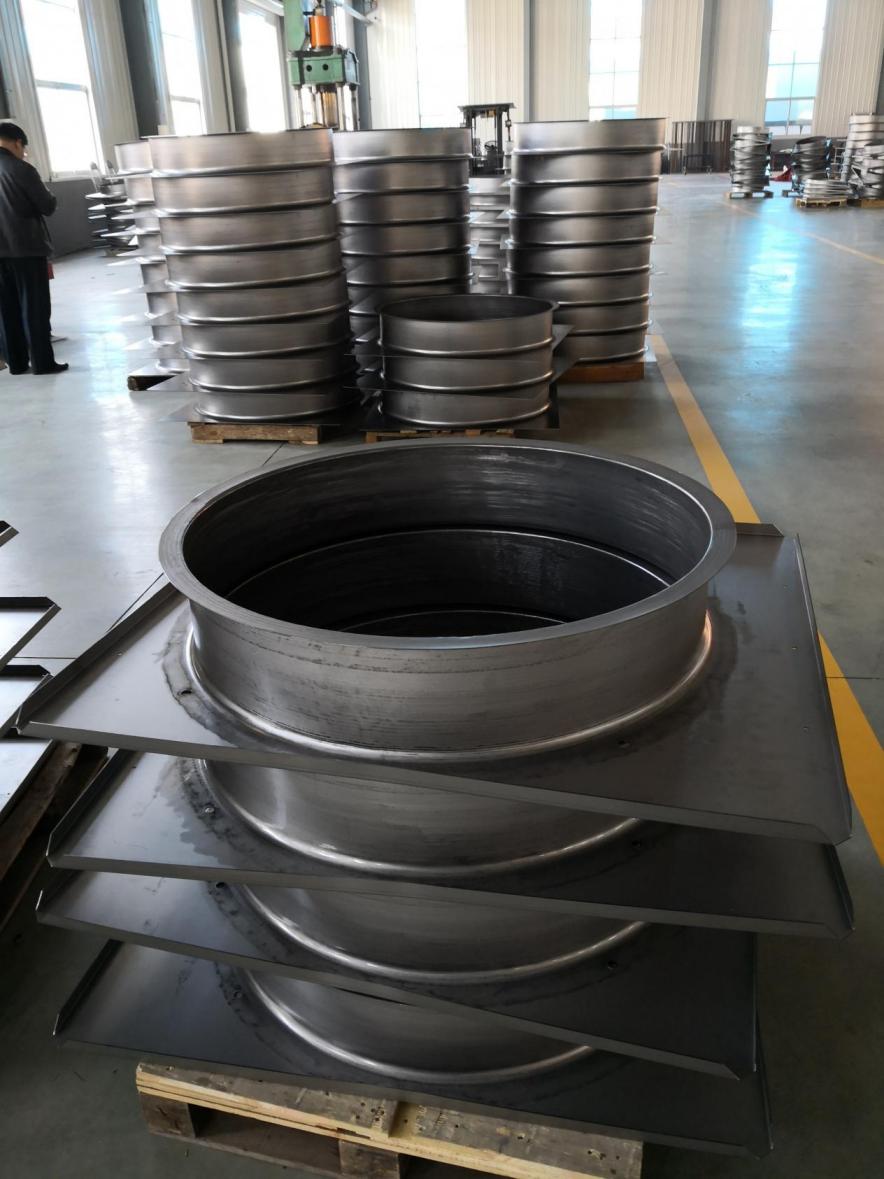
CNC Metal Spinning Machines: Revolutionizing Manufacturing
CNC metal spinning machines represent a significant advancement in modern manufacturing, offering precise and efficient shaping of metallic components. Compared to traditional methods, they provide numerous advantages, making them increasingly popular in various industries.
2.1 Advantages of CNC Metal Spinning
CNC metal spinning enables the production of complex, seamless shapes with minimal material waste. It offers higher precision and repeatability compared to manual spinning techniques, leading to enhanced product quality and consistency. Moreover, CNC control allows for rapid prototyping and customization, facilitating agile manufacturing processes.
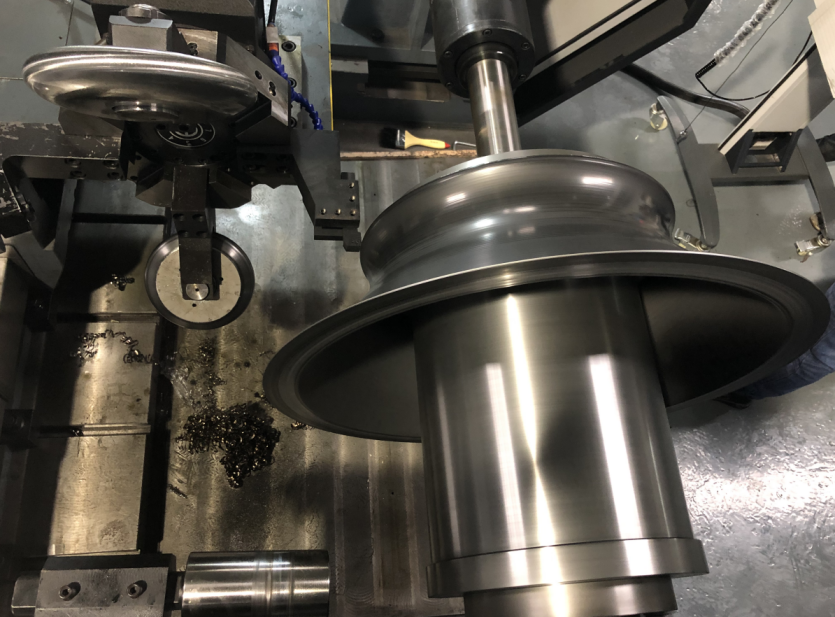
2.2 Applications of CNC Metal Spinning
The versatility of CNC metal spinning machines makes them suitable for diverse applications, including automotive parts, aerospace components, lighting fixtures, and architectural elements. They excel in forming symmetrical and asymmetrical shapes with precise tolerances, meeting the demands of modern design and engineering requirements.
2.3 Role in Modern Manufacturing
CNC metal spinning machines streamline production processes by reducing setup times and labor costs. Their ability to handle various materials, including aluminum, stainless steel, and copper, makes them indispensable in industries requiring lightweight, durable, and aesthetically appealing components.
Design Considerations for Industrial Centrifugal Fans
Designing efficient centrifugal fans involves considering multiple factors to meet specific airflow requirements, pressure characteristics, and energy efficiency standards. Aerodynamics and material selection play crucial roles in optimizing fan performance and longevity.
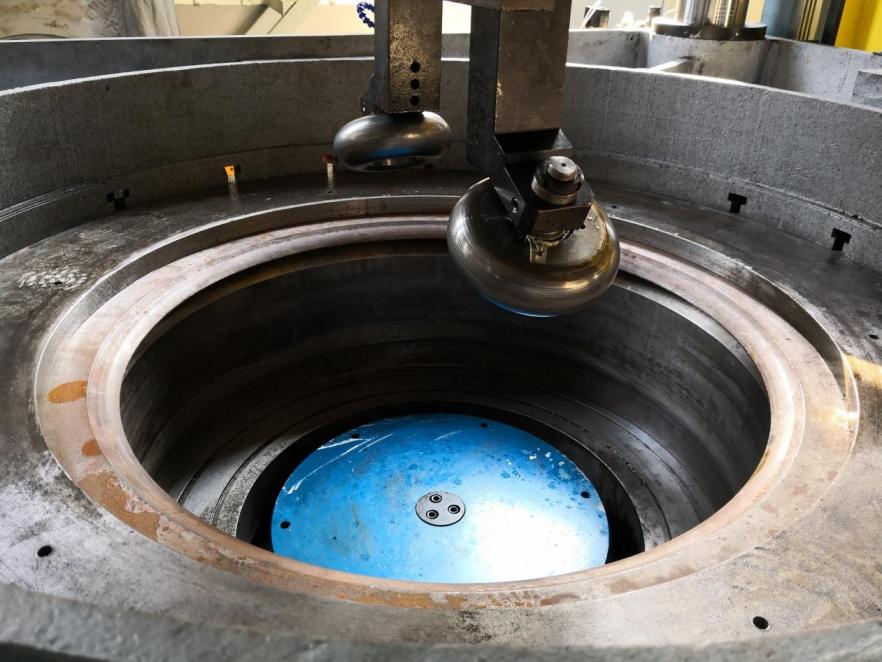
3.1 Factors Influencing Fan Design
Key factors influencing centrifugal fan design include system resistance, operating conditions, and noise levels. Understanding these parameters is essential for selecting the appropriate impeller type, blade geometry, and motor power to achieve the desired airflow and pressure characteristics.
3.2 Importance of Aerodynamics and Material Selection
Aerodynamic principles govern airflow patterns within centrifugal fans, affecting their efficiency and noise levels. Optimizing blade profiles and inlet/outlet configurations minimizes turbulence and pressure losses, enhancing overall performance. Additionally, selecting durable and corrosion-resistant materials ensures long-term reliability and maintenance-free operation.
3.3 Common Design Challenges and Solutions
Designing centrifugal fans involves overcoming challenges such as cavitation, stall, and noise generation. Employing computational fluid dynamics (CFD) simulations and advanced manufacturing techniques allows engineers to optimize fan designs for maximum efficiency and reliability. Additionally, integrating variable speed drives and acoustic treatments mitigates noise emissions, enhancing workplace safety and comfort.
CNC Metal Spinning Techniques and Technologies
CNC metal spinning encompasses various techniques and technologies aimed at shaping metallic blanks into finished components with precision and efficiency. Understanding these processes and advancements is essential for maximizing productivity and quality in metal spinning operations.
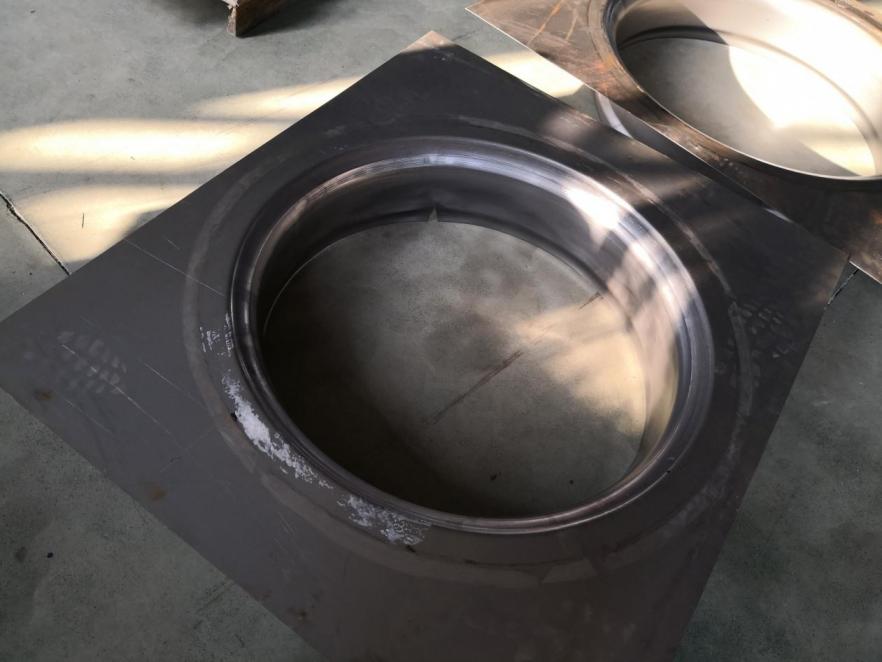
4.1 Overview of CNC Metal Spinning Techniques
Common CNC metal spinning techniques include flow forming, shear spinning, and incremental forming. Each method offers unique advantages in terms of material utilization, forming complexity, and production speed. By selecting the appropriate technique, manufacturers can achieve the desired geometry and surface finish while minimizing waste and cycle times.
4.2 Components and Operation of CNC Metal Spinning Machines
CNC metal spinning machines consist of a lathe-like structure equipped with a spinning mandrel, tooling, and a computerized control system. The operator inputs the desired parameters, including rotation speed, feed rate, and tool path, to execute precise forming operations. Advanced features such as automatic tool changeovers and real-time monitoring enhance productivity and process control.
4.3 Advanced Technologies in Metal Spinning
Recent advancements in CNC metal spinning technology focus on enhancing precision, automation, and process efficiency. Integrated sensors and feedback systems enable real-time adjustments to compensate for material variations and tool wear, ensuring consistent part quality. Additionally, developments in robotics and artificial intelligence enable lights-out manufacturing, further reducing lead times and production costs.
Applications of Industrial Centrifugal Fans in Different Industries
Industrial centrifugal fans serve a multitude of purposes across various industries, contributing to improved air quality, ventilation, and process efficiency. Their versatility makes them indispensable in environments ranging from commercial buildings to heavy manufacturing facilities.
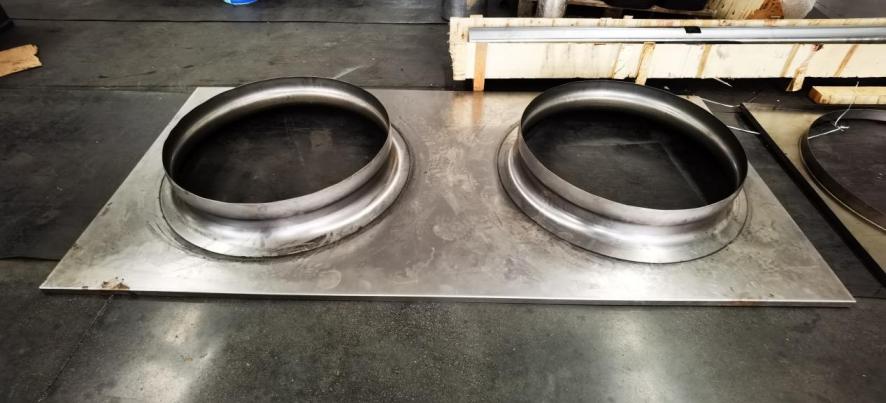
5.1 HVAC Industry
In the HVAC sector, centrifugal fans play a vital role in ventilation systems, moving air through ducts and distributing it evenly within buildings. They help regulate indoor temperatures, control humidity levels, and remove contaminants, ensuring occupants’ comfort and health. From commercial office spaces to large-scale industrial complexes, centrifugal fans provide reliable airflow solutions tailored to specific HVAC requirements.
5.2 Manufacturing Sector
Centrifugal fans find extensive use in the manufacturing industry for processes such as material handling, drying, and exhaust ventilation. In metal fabrication plants, they facilitate fume extraction and dust collection, maintaining safe working environments and complying with environmental regulations. Additionally, centrifugal fans are integral to cooling systems in industrial machinery, ensuring optimal operating temperatures and prolonging equipment lifespan.
5.3 Power Generation
The power generation sector relies on centrifugal fans for critical applications such as boiler draft control, flue gas desulfurization, and cooling tower ventilation. These fans assist in maintaining combustion efficiency, reducing emissions, and enhancing overall plant performance. Whether in conventional coal-fired power plants or modern renewable energy facilities, centrifugal fans play a crucial role in power generation processes.
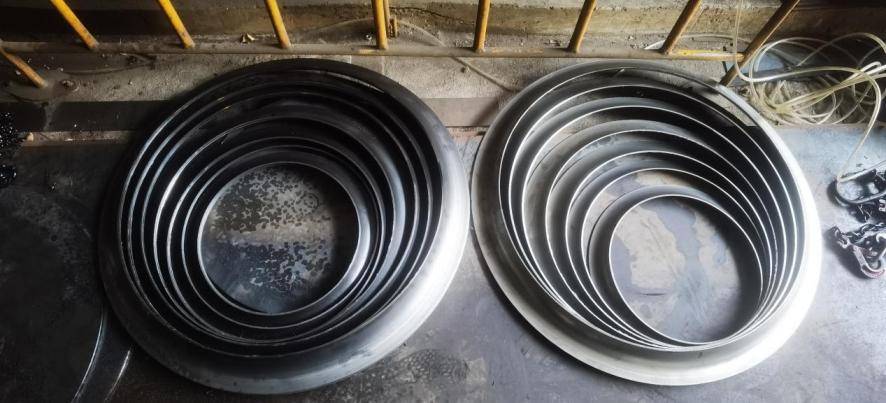
5.4 Other Industries
Centrifugal fans are indispensable in a wide range of other industries, including mining, chemical processing, and food manufacturing. They assist in conveying materials, controlling airflows in chemical reactors, and providing air circulation in food processing facilities. Customized fan solutions tailored to specific industry requirements ensure optimal performance and reliability in diverse operational environments.
Quality Control and Testing in Industrial Fan Manufacturing
Ensuring the quality and reliability of industrial centrifugal fans is paramount to their successful operation and longevity. Manufacturers implement stringent quality control measures and testing procedures to meet industry standards and customer expectations.
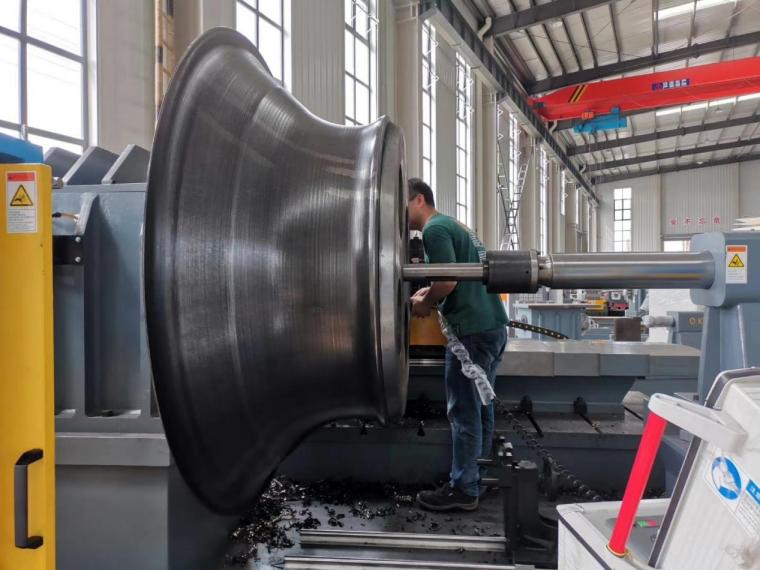
6.1 Importance of Quality Control Measures
Quality control measures encompass various stages of fan manufacturing, from material selection and component fabrication to final assembly and testing. Adhering to strict quality standards ensures that each fan meets performance specifications, withstands operational demands, and complies with safety regulations. Continuous process improvements and feedback mechanisms enable manufacturers to deliver consistent and reliable products to their customers.
6.2 Testing Procedures
Testing procedures for industrial centrifugal fans encompass performance testing, vibration analysis, and fatigue testing. Performance testing evaluates airflow, pressure, and efficiency characteristics under simulated operating conditions, validating design calculations and ensuring compliance with performance standards. Vibration analysis detects potential mechanical faults or imbalance issues, mitigating risks of premature failure. Fatigue testing assesses component durability and reliability over extended operating cycles, providing insights into long-term performance and maintenance requirements.
6.3 Industry Standards and Certifications
Industry standards and certifications, such as AMCA (Air Movement and Control Association) and ISO (International Organization for Standardization), guide manufacturers in designing, manufacturing, and testing industrial centrifugal fans. Compliance with these standards demonstrates product quality, performance reliability, and adherence to safety regulations. Additionally, certifications such as UL (Underwriters Laboratories) and CE (Conformité Européenne) provide assurance of product safety and suitability for specific applications and markets.
Integration of CNC Metal Spinning Machines into Production Lines
The integration of CNC metal spinning machines into existing production lines offers numerous benefits, including increased productivity, cost savings, and enhanced product quality. Strategies for seamless integration and successful implementation are essential for maximizing the advantages of automation in metal spinning operations.
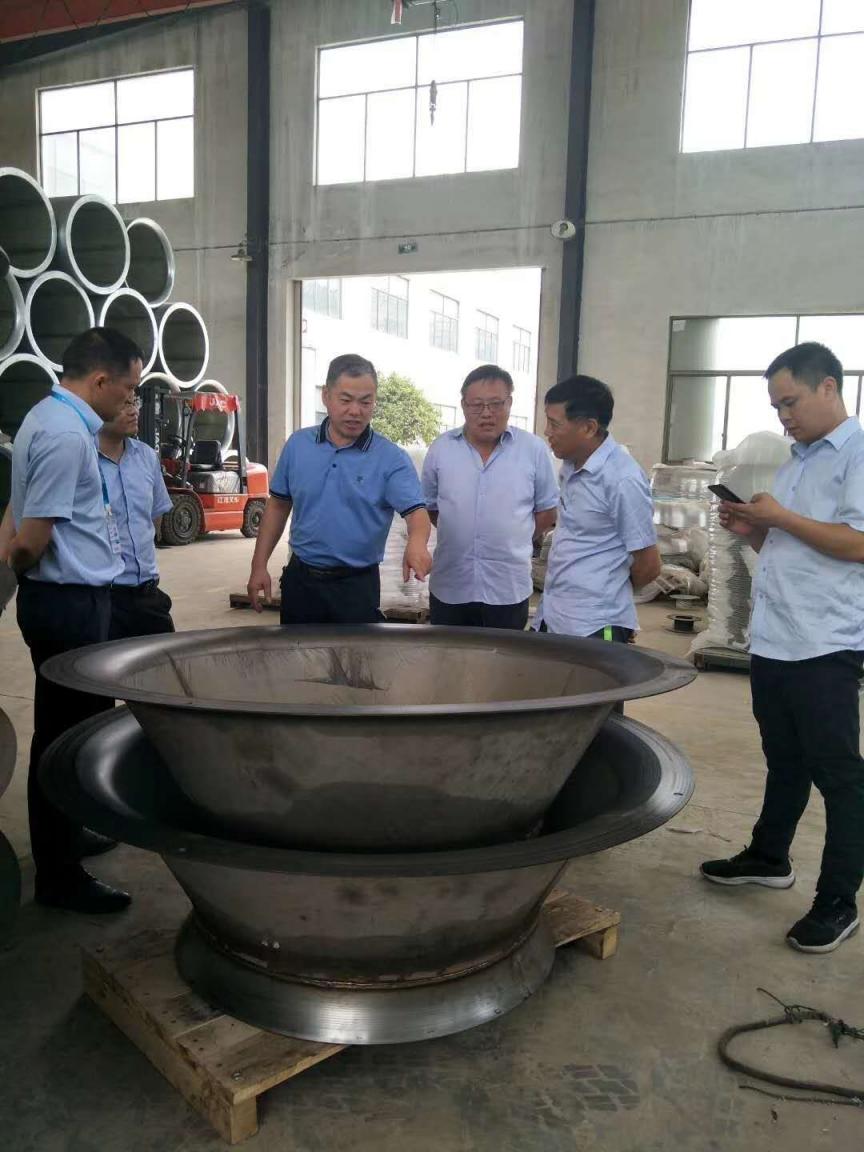
7.1 Strategies for Integration
Successful integration of CNC metal spinning machines involves careful planning, collaboration, and process optimization. Manufacturers assess their current production workflows and identify opportunities for incorporating metal spinning processes efficiently. Strategies may include retrofitting existing equipment, redesigning production layouts, and training personnel to operate new machinery effectively. Collaboration with equipment suppliers and automation experts ensures compatibility, reliability, and scalability throughout the integration process.
7.2 Advantages of Automation
Automation in metal spinning operations offers several advantages, including improved precision, consistency, and repeatability. CNC control enables precise toolpath programming, minimizing material waste and enhancing part quality. Additionally, automation reduces labor costs, streamlines production workflows, and accelerates time-to-market for new products. Scalability and flexibility inherent in CNC metal spinning machines allow manufacturers to adapt quickly to changing market demands and customer requirements.
7.3 Case Studies
Case studies of successful integration highlight the tangible benefits of CNC metal spinning machines in production environments. From automotive component manufacturing to aerospace part production, companies have achieved significant cost savings, cycle time reductions, and quality improvements through automation. Real-world examples demonstrate how strategic investments in CNC metal spinning technology have transformed production capabilities and strengthened competitive advantages in global markets.
Conclusion
In conclusion, industrial centrifugal fans and CNC metal spinning machines represent critical components in modern manufacturing processes. By understanding their principles, applications, and design considerations, manufacturers can optimize airflow management and component fabrication to achieve superior performance and competitiveness in today’s dynamic industrial landscape. ALTRON, a leading manufacturer in this field, continues to innovate and provide cutting-edge solutions to meet the evolving needs of its customers.


